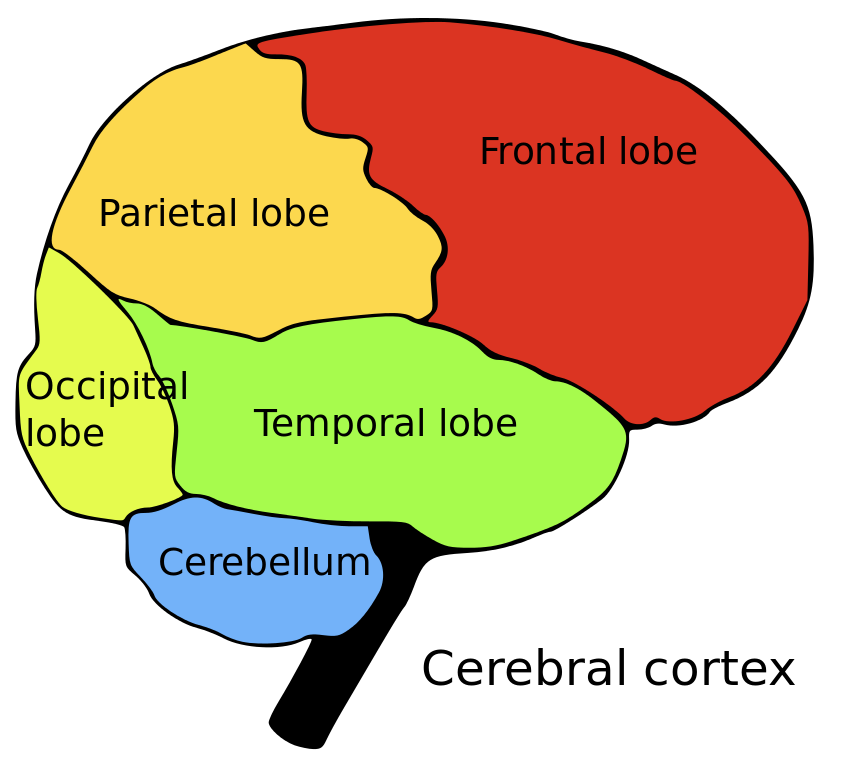Entering the world of brain biofeedback or neurofeedback is like entering a world of strange words and alien ideas. My Brain Injury, Brain Training portfolio contains documents on the terms I use in my posts. Here, I explain the letter-number terms I use when talking about what parts of my brain we’re training during brain biofeedback or neurofeedback.
The ADD Centre uses a 19-point full cap that uses the 10-20 system to assess your brainwaves. Each point on the full cap has its own term. The first letter denotes the area of the brain; the second letter or number denotes the location. Check out the image:

FP=Frontopolar
F=Frontal
C=Central
P=Parietal
T=Temporal
O=Occipital
A1 and A2 — your ears — are the grounds, like the third prong in a plug.
Z stands for zero, that is, the midline. Odd numbers are on the left hemisphere; even on the right.
Locations for biofeedback training can also be in between any two of these points and would then use a combo name, eg, PzO1 would be lower than PZ, to its left, and above right of O1. The image below shows you the locations of these brain areas, looking at the right side of the brain. The cerebellum is underneath the other lobes, not up against the skull like them, and so there are no electrodes right over it.
 From Wikipedia:
From Wikipedia:
“The 10–20 system or International 10–20 system is an internationally recognized method to describe and apply the location of scalp electrodes in the context of an EEG test or experiment. This method was developed to ensure standardized reproducibility so that a subject’s studies could be compared over time and subjects could be compared to each other. This system is based on the relationship between the location of an electrode and the underlying area of cerebral cortex. The “10” and “20” refer to the fact that the actual distances between adjacent electrodes are either 10% or 20% of the total front–back or right–left distance of the skull.”

